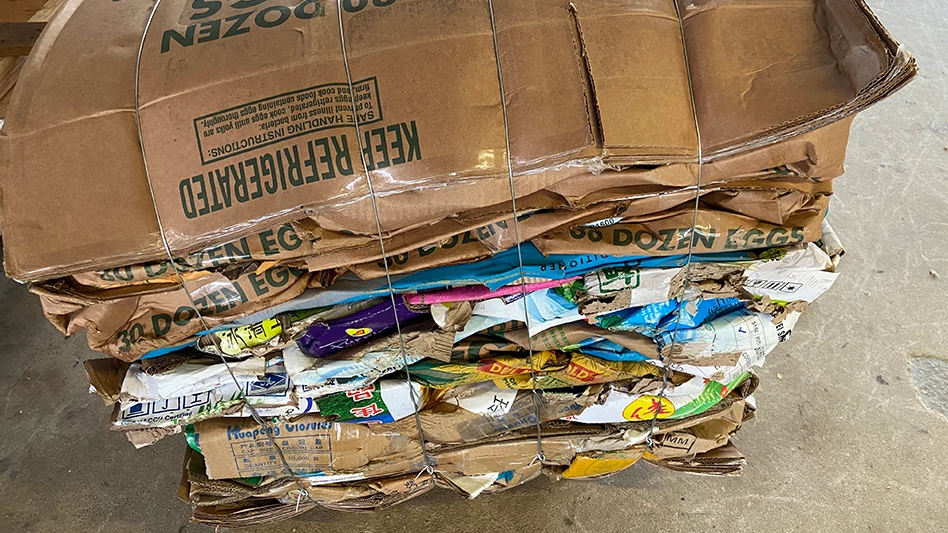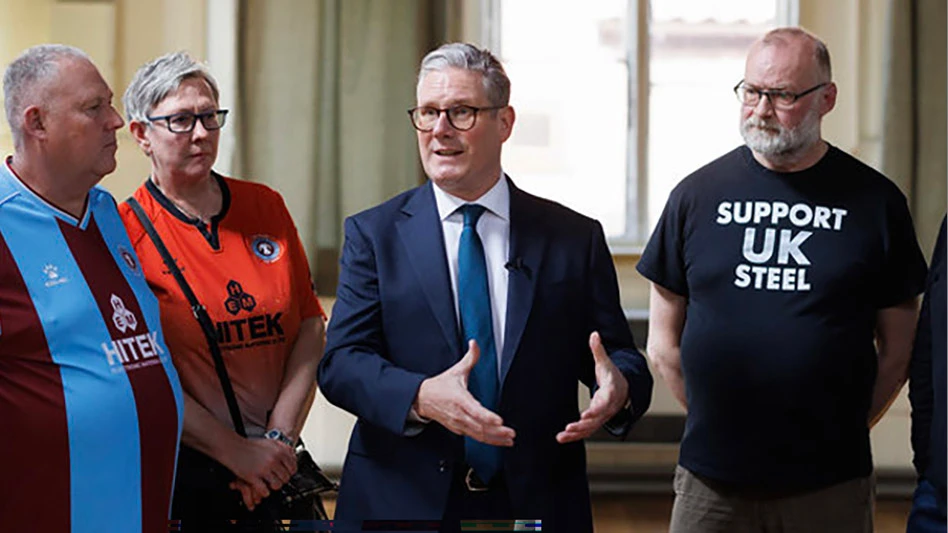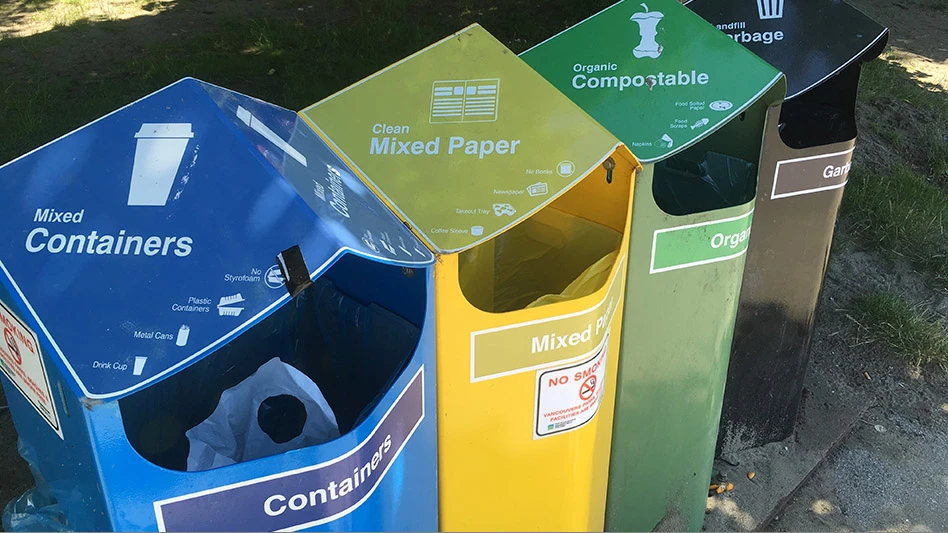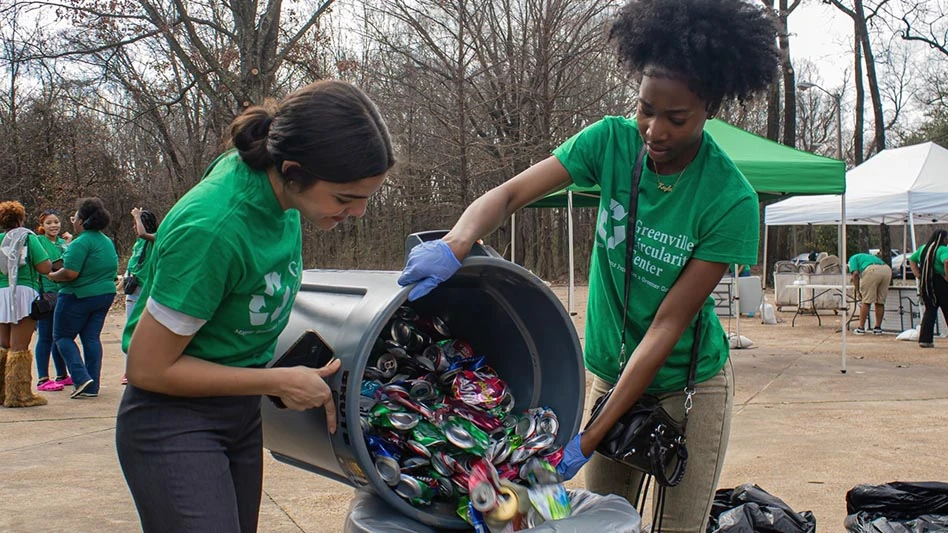
Inventory acquisition plays a key role in the profitability of auto recycling operations. While the process can be time-consuming, two men how spoke during the Automotive Recyclers Association 77th Annual Convention & Expo, which took place online in mid-November of last year, explained why it’s critical and offered tips for monitoring and improving success in this area.
“If you want to sell parts, you’ve got to buy cars; it’s part and parcel to what we do,” said Bill Stevens, CEO of Fenix Parts Inc., which has corporate offices in Hurst, Texas.
Stoney Rutledge, vice president of purchasing and procurement at Fenix, also joined Stevens during the session titled “Inventory Acquisition: The Single Most Important Thing You Do.”
Fenix is a recycler and reseller of original equipment manufacturer (OEM) automotive products. The company was founded in 2014 to create a network that offers used auto parts sales, fulfillment and distribution in key regional markets in the United States. The Fenix Parts companies have been in business an average of more than 25 years and currently operate from locations throughout the eastern U.S. and Texas.
“So much has changed in the industry since I started 35 years ago,” Stevens said. “Back in my day, we were buying cars at live auctions, bidding against our local competition and, for the most part, even selling against local competition.”
He continued, “One thing that really hasn’t changed is the success or failure of your business really will ride on how well you buy.”
Buying challenges
Stevens said that when a company buys well, “it is hard to mess it up,” referring to the overall success of the business. “If you buy poorly—you don’t buy good quality vehicles, you don’t buy enough vehicles—it is impossible to recover from it,” he added.
Among the challenges he identified in acquiring vehicles was the lot quantity nature of the purchases. “If we need an engine, we have to figure out how to buy a whole car to acquire that engine.”
Open online auctions also contribute to the challenges in that auto recycling businesses are not only competing against one another for vehicles but also against the public in some cases. “We are certainly competing against the world,” Stevens added.
Also lacking is the reduced pricing some other businesses get based on the large scale of their buying, he said. “That is just not the case in our industry.”
Buy better, grow sales
The good news for auto recyclers, Stevens said, is that demand outstrips supply when it comes to parts sales. “Simply improving your in-stock percentage will drive revenue increase,” he said. “What it really means is that the top line is completely in our control. We have the ability to grow our sales simply by buying more and buying better.”
By buying the right quantity and quality of vehicles, an auto recycler has the opportunity to improve all aspects of the business, Stevens argued, including the opportunity to broker parts to other auto recyclers.
”If you buy poorly—you don’t buy good quality vehicles, you don’t buy enough vehicles—it is impossible to recover from it.” – Bill Stevens, CEO, Fenix Parts Inc.
Stevens advocated for using a four-line profit and loss statement that consists of revenue, gross profit, total expenses and net expenses, adding that a company’s gross profit is a function of how many vehicles it purchases and how well those purchases are executed. “You have to buy good quality merchandise,” he added.
Quick returns are a sign that a yard is buying good quality, Stevens said. Given the cash-intensive nature of the business, he said, the amount of time it takes to get a yard’s money back on the purchase of a vehicle is critical. A yard will need to recoup its investment in a vehicle within 90 days of the purchase, Stevens said, “otherwise it’s hard to fund next purchase.”
“It’s a ton of work to do this and to do it right,” he added. “The more time and effort you put into this, the better it will be.”
Invest time and resources
Stevens advised auto recyclers not to limit themselves to a few auctions but to instead use all the technology available to purchase the vehicles they need. “You need to bid a lot of vehicles.”
Also necessary, Stevens said, is measuring the results of a yard’s buying. If a yard is purchasing the right vehicles in the right volume, it will generate enough gross profit to cover vehicle-related expenses. “Whatever else we get beyond parts sales should be the gravy.”
Rutledge was a co-owner of Late Model Auto Salvage, which is now part of Fenix Parts. He explained the benefits he saw from changing his previous company’s car buying process in response to the change in the Copart online auction schedule. That change meant the employee he had looking at cars in person wouldn’t have had enough time to do that and he would instead have to buy based on pictures. “I knew I was going to make a mistake,” Rutledge says. “I had to remove myself from a small degree from the equation.”
As he saw it, he could buy more vehicles using one of two strategies: bidding more cars or paying more for the cars he bid. “I decided to bid more cars.”
To do this, he first calculated his win rate by dividing the number of bids he won by the number of cars he bid per day. Rutledge said this figure should be no more than 5 percent. “The lower you can make it, the better you will perform on your vehicles,” he explained, saying more gross profit would be realized.
Rutledge said numbers drive performance, adding that recyclers with the best cost of goods are not always the recyclers with the smartest buys.
He advised auto recyclers to figure out how they can bid 20 to 30 percent of the cars they most commonly sell parts for per day so they can pay what they want for the one or two cars they will win. By bidding fewer cars, Rutledge said, auto recyclers are giving themselves fewer opportunities to win these vehicles and paying more for those vehicles they do win.
He suggested that auto recyclers make 40 to 50 percent of their bids on vehicles in local auctions on a weekly basis when tow rates are low, and 10 to 20 percent of their bids at auctions that are at a greater distance and have higher tow rates. Rutledge said these vehicles should be those that are more difficult to buy, such as later models or trucks.
He advised attendees to deduct auction and tow fees from their bids. “Don’t be afraid of large tow fees as long as you are deducting from your bid,” he added. “It just matters that you bought it at the right price.”
Rutledge said he separated his company’s buying department into two positions: bidders whose salaries are based on commission and who go to auctions, review the vehicles and supply data and buyers who review the supplied data and make the final buying decisions.
After implementing these changes, Rutledge said his purchasing grew by 30 percent from 2015 to 2016, while sales and gross profit also increased. Additionally, the number of days needed to break even on vehicle acquisitions decreased by 20 percent.
“Adding volume to bids isn’t hard if you add resources to your buying department,” Rutledge said. “You won’t give up profit.”
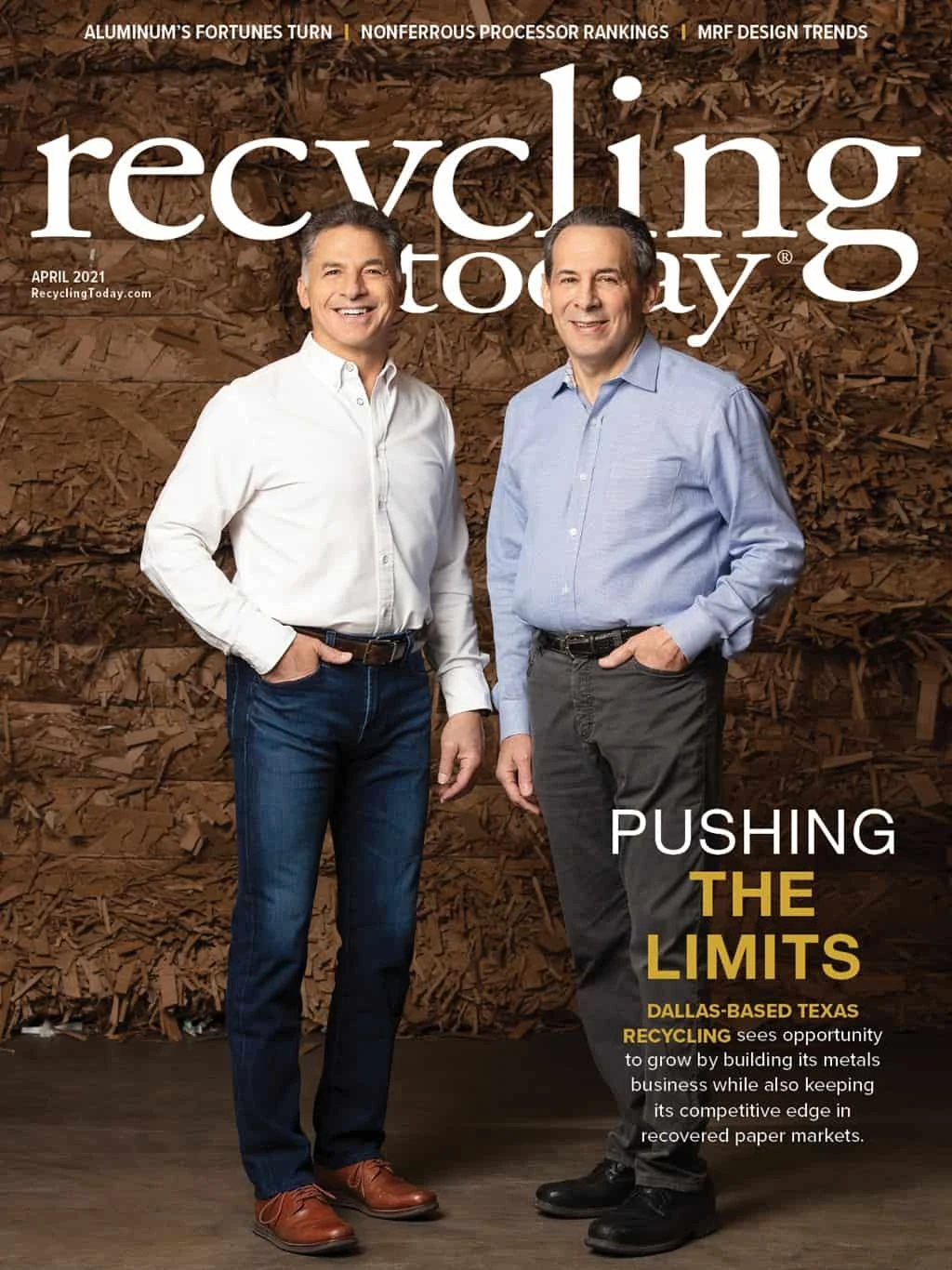
Explore the April 2021 Issue
Check out more from this issue and find your next story to read.
Latest from Recycling Today
- Steel Dynamics nets $217 million on record shipments
- Massive Chinese steelmaking rebound recorded in March
- LME looks into sustainable metal pricing
- OnePlanet Solar Recycling closes $7M seed financing round
- AMCS launches AMCS Platform Spring 2025 update
- Cyclic Materials to build rare earth recycling facility in Mesa, Arizona
- Ecobat’s Seculene product earns recognition for flame-retardant properties
- IWS’ newest MRF is part of its broader strategy to modernize waste management infrastructure

